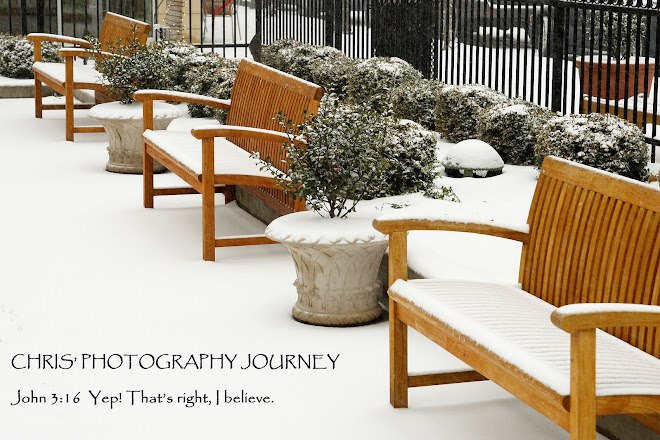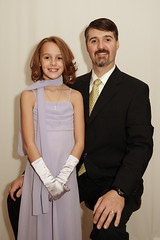I find my new Tamron 70-200 f/2.8 is very unforgiving in this area, probably because it is a much larger and heavier lens than any of my other lenses. If anything, I need to add to the shutter speed, so I try to keep it at 1/320 or faster when zoomed out to 200mm.
Several nights ago we had a racoon on our back porch, and I was able to get several photographs before he moved on. I got very poor results, which I traced back to a shutter speed that was too slow. Last night, there was a cat lounging on my back porch. Low light shooting is one of the main reasons I purchased this lens, so this seemed like an excellent opportunity to test my new lens and see if I could improve on the dismal results I got from photographing the racoon. I have a fairly bright floodlight, so I was anticipating some good shots. Unfortunately, even with the ISO at 1600 and the aperture set to f/2.8, I needed a shutter speed of 1/10 to get a properly exposed photograph. Obviously there is a HUGE difference between 1/10 and the 1/320 I need for a sharp photograph.
Now, most of the time, wild critters don't linger on my deck long. For a static object I would not hesitate to grab the tripod and set it up, but I did not think I would have that much time. In desperation I grabbed my monopod and snapped it on the bottom of my camera. My setup is nothing fancy. I have a Dynex monopod purchased at Bestbuy and I am using a Induro SA12 ballhead mount on top. I have not been using a monopod for very long, so I needed the practice with it anyway. I was fairly satisfied with the results.

The results are still a little soft and at ISO1600 there is going to be some noise, but this is the difference between getting a shot or not. The camera and lens were already at their limits for the available lighting. Using a flash would have scared the cat away. I was also shooting through glass, which makes using the flash impractical because of the inevitable reflection. My only other choice was a tripod (which I would have done if the shot was REALLY important). A monopod is much more convenient to carry around and allows the photographer much more freedom to move as necessary. I would guess that with practice I can gain at least two stops of light with a monopod, reducing my need for 1/320 shutter speed to 1/80, or allowing me to increase my aperture from f/2.8 to f/5.6. These are very significant gains and afford the photographer many more opportunities to "get the shot" in challenging lighting conditions.
If you often find yourself in challenging lighting conditions, consider adding a monopod to your gear. It may be the key you need for a successful shot.


